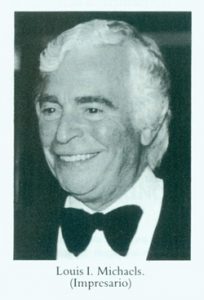John Potter and the early years
In a rough London lane rife with villains, pickpockets and crooks, where racketing carts spewed their hay and where tumblers, stilt-walkers and merchants vied for the attention of the crowds, the Haymarket Theatre was born.
This was a London of extremes, a city rebuilt, just sixty years after being swept away by fire. Now, in 1720, it was the biggest city in Europe and filled with the handsomely rich, living side by side with the wretchedly poor.
It was here, among the ruffians and peddlers, that a young carpenter by the name of John Potter built his modest little theatre, nestled beside the ‘Cannon and Musket’ gun shop, on the current site of the Kings Head tavern.
From the moment the theatre opened its doors in 1720, the ‘Hay Market’ (later the ‘Little Theatre in the Hay’) was plagued with troubles. For a start, theatres required a Royal Patent or Royal Charter, such as those granted to Drury Lane and John Rich’s Lincoln’s Inn Theatre, in order to operate, something Potter didn’t have.
Desperate to keep his project from closure, Potter cast around for anything to put on stage, from concerts and amateur plays to the street entertainment at his door. But taking money at the door was illegal, and Potter found his investment closed regularly by the Constabulary.
Things looked bleak for the little theatre until a visit from a French Duke brought most unexpected fortune.
Arriving in London with a troupe of French Actors and a play, ‘La Fille A La Mode’, the Duke of Montague found neither of the Patent Theatres keen on presenting a piece in a foreign language. Rebuffed, he turned to the Little Theatre in the Hay, providing them with their first professional production.
The play was not a major hit but, now established as a professional playhouse, the theatre’s reputation grew steadily until the first box-office smash in 1729. ‘Hurlothrumbo’, a 30-night theatrical spectacular, proved vastly more successful than anything running at the rival patented theatres.
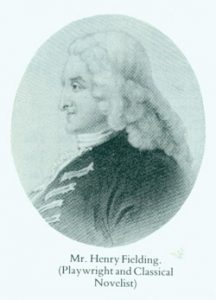
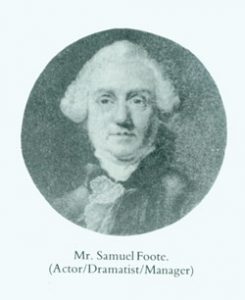
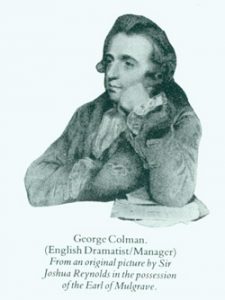 In 1777 the theatre changed hands once again, purchased by George Colman the Elder, who set about on further renovations. Originally, the Little Theatre in the Hay was built right on the street, so that the audience entered through cramped corridors, barely wide enough for two to walk abreast. What is more, once inside, they remained just feet from the racket of the wild Haymarket street, clearly audible to all within.
In 1777 the theatre changed hands once again, purchased by George Colman the Elder, who set about on further renovations. Originally, the Little Theatre in the Hay was built right on the street, so that the audience entered through cramped corridors, barely wide enough for two to walk abreast. What is more, once inside, they remained just feet from the racket of the wild Haymarket street, clearly audible to all within.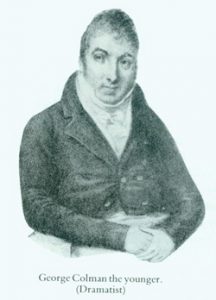 At his death he was succeeded by his son, known as Colman the Younger, also a dramatist, who wrote many plays for the Theatre. But Coleman the Younger was not blessed with his father’s business head and landed quickly in the Debtors Prison. From here, he continued to run the theatre, leaving frequently for dinner with friends, returning later to his suite.
At his death he was succeeded by his son, known as Colman the Younger, also a dramatist, who wrote many plays for the Theatre. But Coleman the Younger was not blessed with his father’s business head and landed quickly in the Debtors Prison. From here, he continued to run the theatre, leaving frequently for dinner with friends, returning later to his suite.